The bubble car is back! Three-wheeled EV lands to offer cheap, fuss-free city motoring
Electric Microlino Lite could also get 14-year-olds on the open road
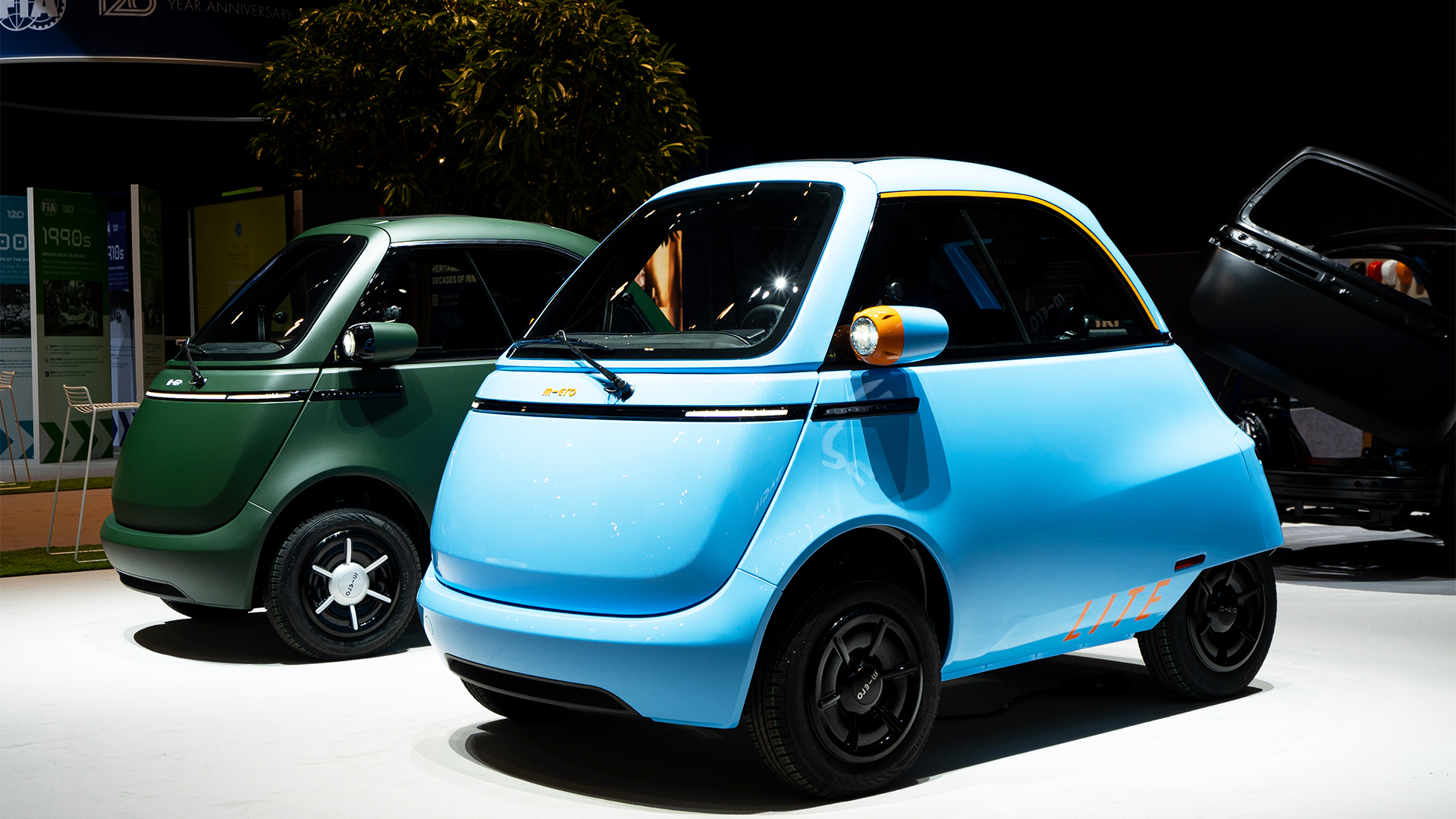
Swiss company Micro, which is best known for its two and three-wheeled scooters for kids and adults, announced an addition to its adorable but less well-known Microlino EV range at this year’s Geneva Motor Show 2024, promising a lower-powered model that can legally be driven by 14-year-olds in some markets.
Taking inspiration from the famous Isetta Bubble Car of the 1950s, the Microlino Lite features the same front-opening 'fridge door' and three-wheel layout. But this thoroughly modern version is powered by batteries and electric motors.
Micro has stripped this machine back to its most basic, ensuring it features 50 per cent fewer parts than a conventional car and weighs in at a mere 435kg, which results in a simple user experience and minimal upkeep.
Although the standard Microlino has been on sale in some European markets for some time now, touting the frankly incredible asking price of €21,990 (around £19,000 / $24,000 / AUS$36,500), this is the first time the Swiss company has unveiled a model that adheres to the light quadricycle (L6e) category in much of Europe.
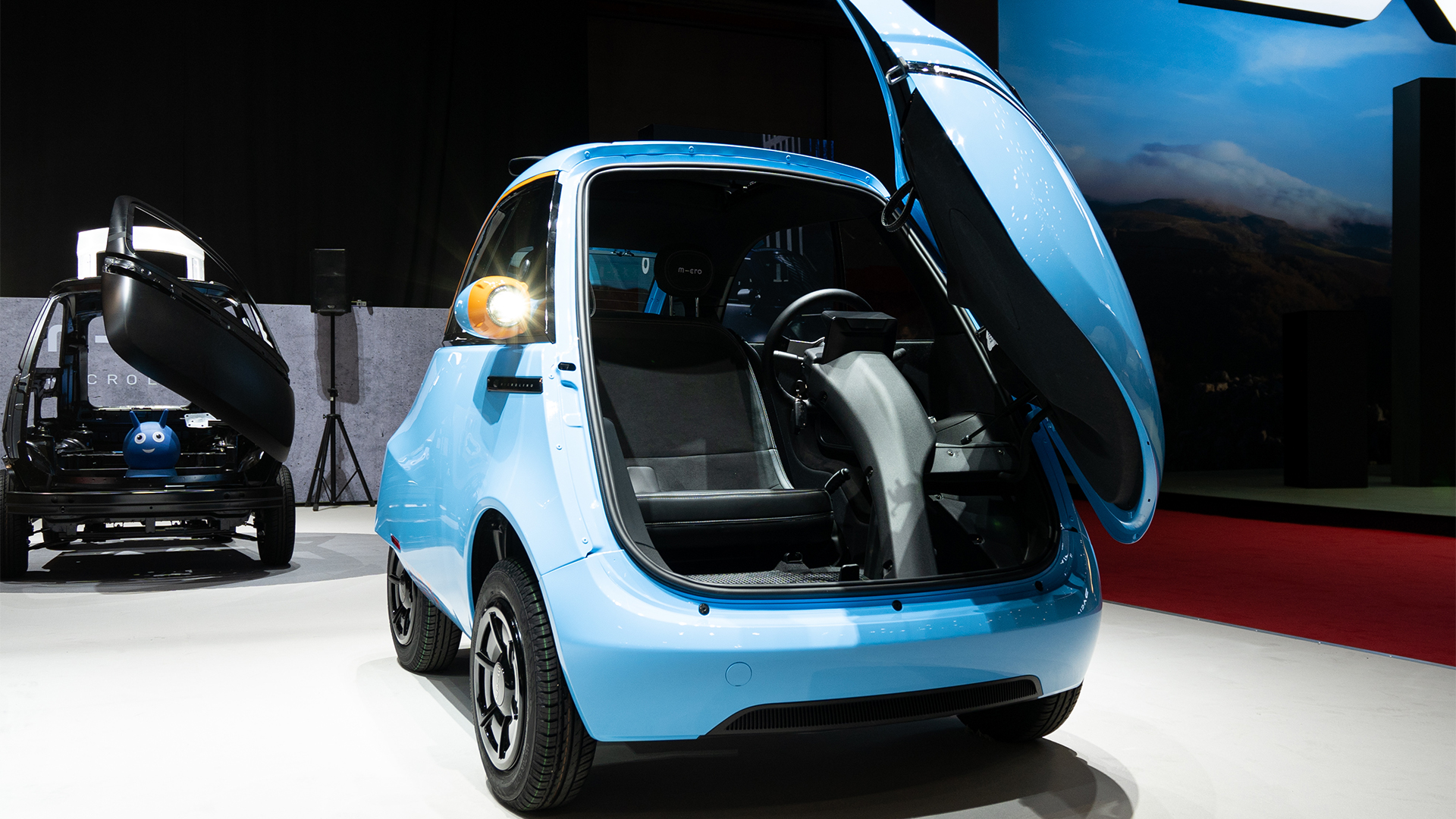
The fact that it is restricted to 45km/h (28mph), as opposed to the 90km/h (56mph) of the full-fat version, means it can be enjoyed by those aged just 14 years-old in France and Italy, those aged 15 years-old in Sweden, German, Austria and Spain. Meanwhile, those in the UK have to wait until they are 16.
Unfortunately, Switzerland, Liechtenstein and Denmark are slightly more strict and freedom-seekers will have to wait until they are 18 to get their hands on this little electric runaround.
Thanks to its ultra-lightweight frame, the Microlino Lite is capable of trundling along for almost 62 miles on a single charge and topping up the batteries takes around two hours from a domestic socket. There's also a larger 11kWh battery option (the standard is 5.5kWh) that extends the range to 180km – or 112 miles – but this takes four hours to charge.
Sign up for breaking news, reviews, opinion, top tech deals, and more.
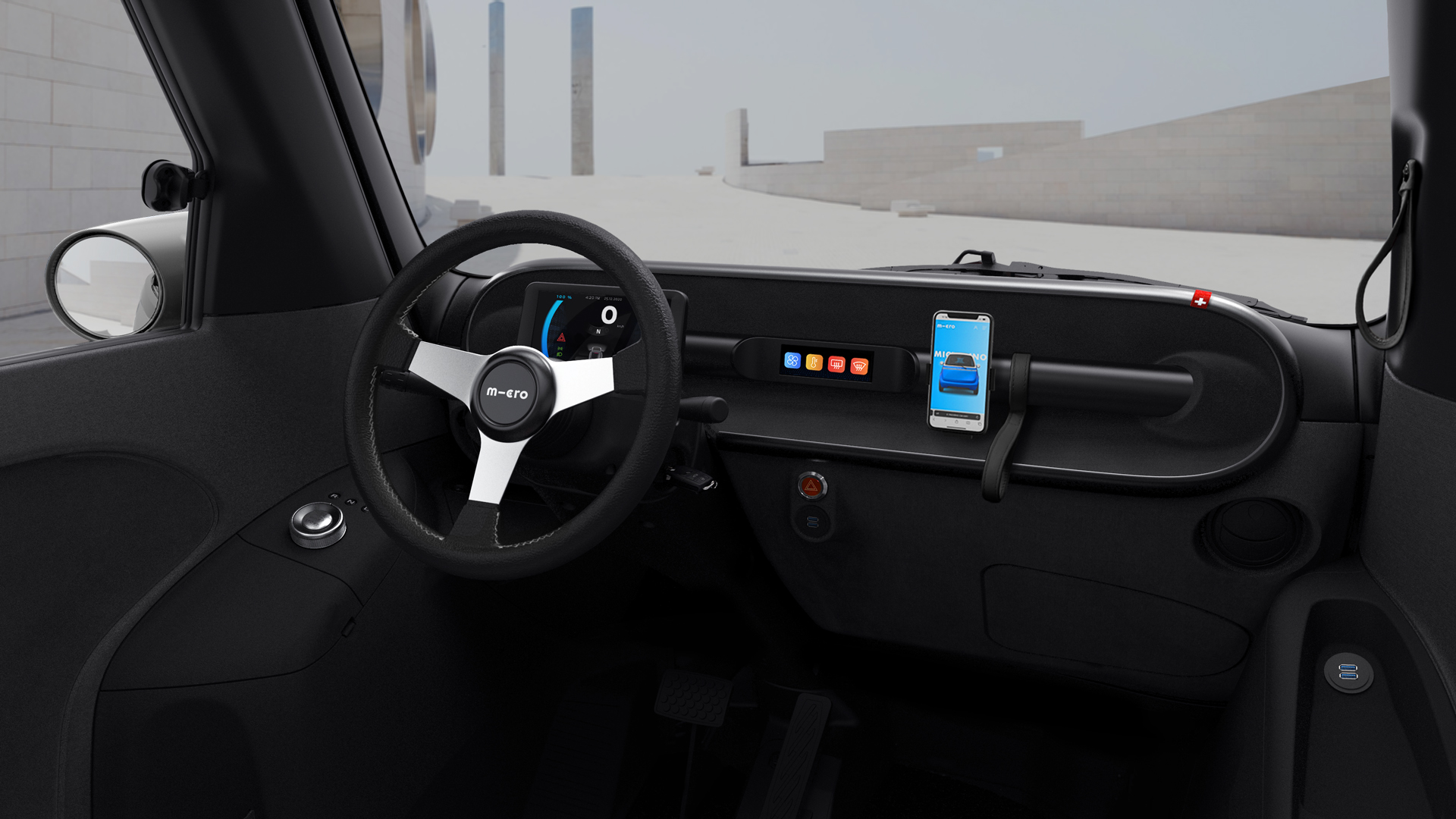
It puts overweight SUVs to shame with its ability to park in tight spots and transport two people around in relative comfort, with space in the back for 230-liters worth of kit. Plus, the driving experience is two simple pedals and a steering wheel. There are more complex golf carts.
But with an aluminum outer shell and a self-supporting steel unibody, it stands head and shoulders above many rivals in its class when it comes to safety and driving dynamics.
Micro says the Microlino Lite will be available in two colors when it launches this summer, although there are options to add things like Bluetooth speakers, phone chargers and fancy fabrics for the seats. But naturally, these cost extra.
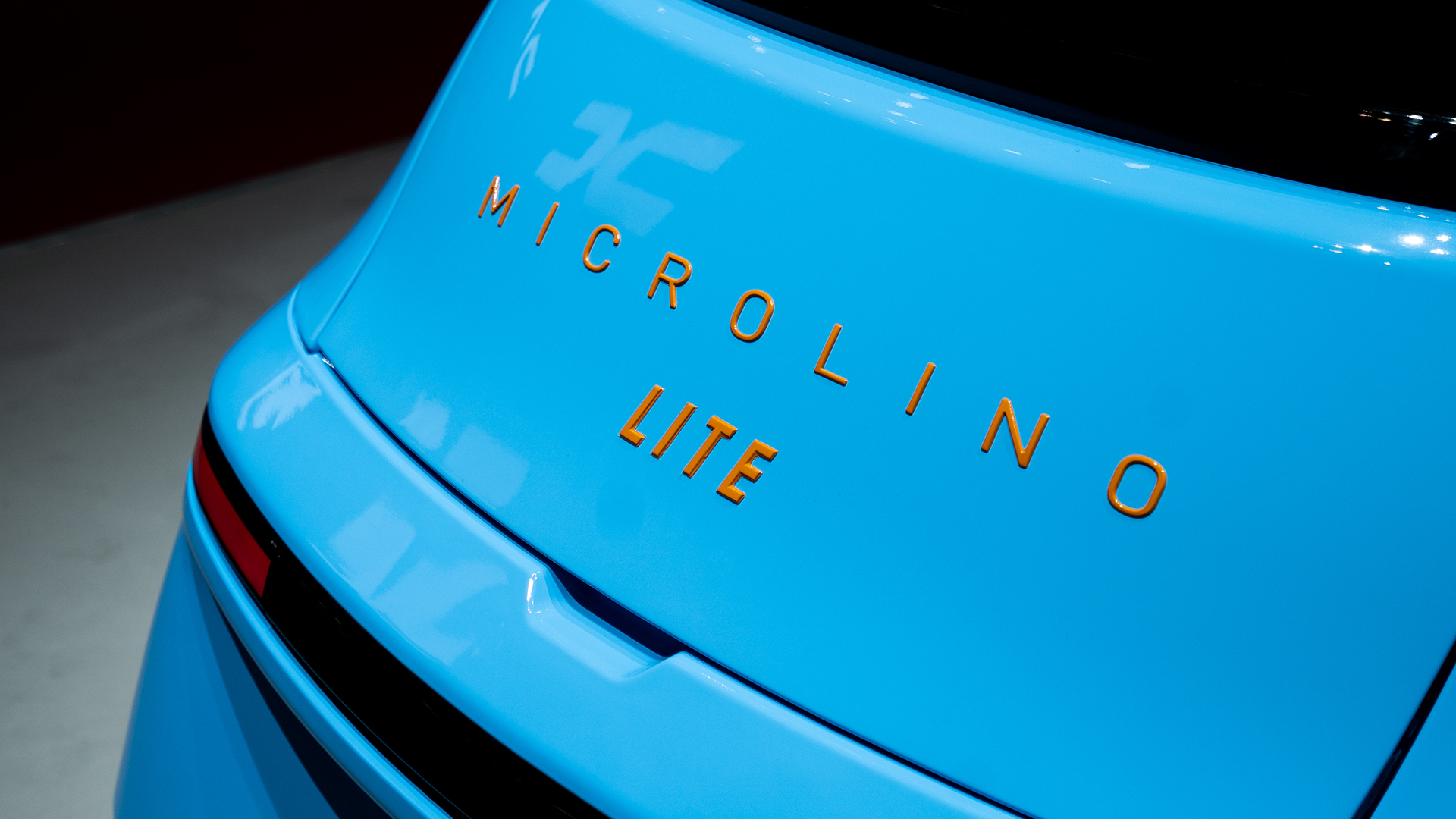
Unlike the larger Mircolino, this Lite sibling will be offered on a lease deal, rather than an outright purchase. Micro suggests monthly payments of CHF149, which is about €156 / £134 or $169 / $AUS259.
Currently, there’s no word on the exact markets Micro will launch into, but it is highly likely sales will begin in its domestic Switzerland, as well as France and Italy, with much of Europe to follow.
However, Micro spokesperson Merlin Ouboter told The Verge that Microlino Lite is eligible for registration in the US as a Neighborhood Electric Vehicle (NEV), so it could find its way to North America by the end of 2024.
Analysis: Micro mobility is on the rise
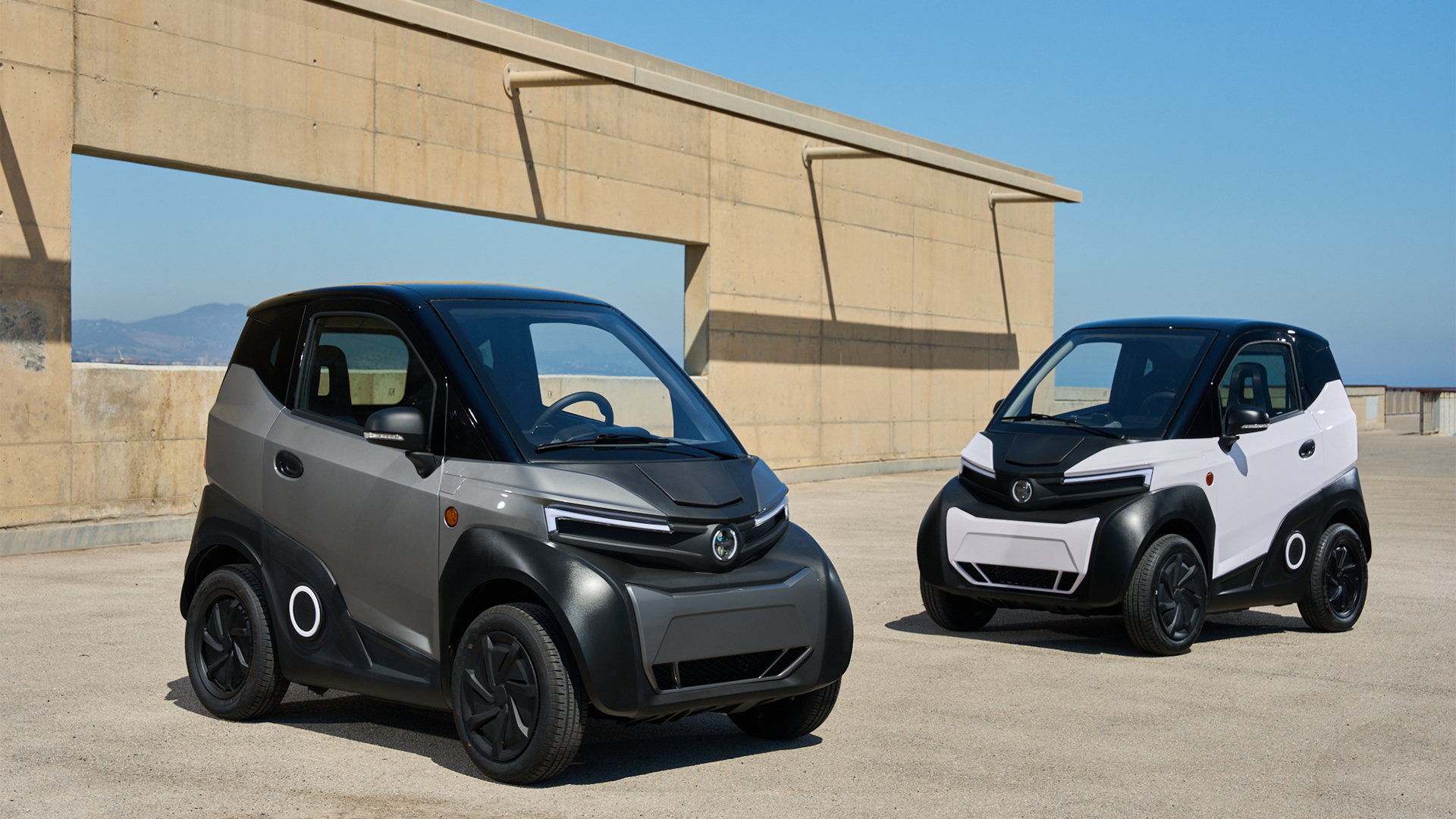
The dawn of the electric vehicle age has bizarrely begun with a disproportionate amount of large, heavy and expensive SUVs. It has been said that despite the lack of local emissions, these bloated giants have got a lot to answer for when it comes to dangerous particulates entering the atmosphere thanks to increased wear on tires and, in some cases, brakes.
What’s more, not everyone wants to spend a fortune on something that’s often useless in today’s heavily congested cities. It is one of the many reasons that micro mobility solutions appear to be on the rise.
We recently reported on the Silence S04 Nanocar, which was also unveiled at this year’s Geneva Motor Show and packs some innovative battery swap technology to make life with a small EV that bit more convenient.
Citroen also claims its tiny Ami has been a runaway success, boasting that it chalked up 23,000 orders in the first two years of existence.
While an electric microcar probably isn’t the solution to everyone’s mobility problems, it plugs a neat gap by offering low cost, stress-free motoring that is particularly suited to heavily congested urban areas where parking is a major issue.
Silence, for example, has found fortune providing its S04 Nanocar to large-scale rental fleets and inner-city transport providers, where the vehicle acts as a vessel to transport users, but charges them by the hour or minute to keep the costs down.
As roads get busier and city planners do more to crack down on congestion and local emissions, urbanites could soon find themselves behind the wheel of an electric microcar, wondering why they ever bothered with full-sized vehicles in the first place.
You might also like

Leon has been navigating a world where automotive and tech collide for almost 20 years, reporting on everything from in-car entertainment to robotised manufacturing plants. Currently, EVs are the focus of his attentions, but give it a few years and it will be electric vertical take-off and landing craft. Outside of work hours, he can be found tinkering with distinctly analogue motorcycles, because electric motors are no replacement for an old Honda inline four.